- Home
- Stuart Woods
Family Jewels Page 14
Family Jewels Read online
Page 14
“I believe the expression is ‘pay dirt,’” Randol said.
“I believe you are right. Are there photographs of the finished piece?”
“Not in this file,” Randol said. He returned to the file drawer and brought out another file of a different, heavier paper. He opened it and withdrew a packet of soft paper, which, when opened, had four compartments. Randol removed a pair of white cotton gloves from a pocket, put them on, then withdrew from the file a glass negative of about eight by ten inches. He played the light over the sheet, then removed and examined four more negatives. “Each is of the necklace from the angles depicted in the drawing,” he said, “except for this one.” The final negative was a photograph of the inside of the necklace.
Paul pointed at some small lettering and shone his light on it. “Can you make out what this says?”
Randol produced a loupe and held it gently against the glass. “It says, ‘Bijoux Blume 1899.’”
Paul sucked in a breath. “Can we get copies of these?” he asked.
Randol gave a short laugh. “Why don’t we just steal them?”
41
Paul ordered his lunch, then excused himself; in the men’s room he called Stone Barrington.
“Paul?”
“It’s me, Stone.”
“How’s it going?”
“As well as I had hoped. We found the original designs.”
“That’s wonderful.”
“Now I need five thousand euros in cash, and I didn’t bring that much. It’s for the man who led me to the drawings, and it’s worth every cent.”
“I’ll call the Arrington and have them give you the cash, then charge my account.”
“Thank you, Stone.”
“When will you be back in New York?”
“In a day or two.”
“Take the weekend. I’ll see you Monday.” Stone hung up. Paul used the men’s room, then went back to the table, which was at a small restaurant across the street from the photographer who was doing the work. He sat down, and his lunch arrived. “Your cash will be available at my hotel when we’re done,” he said.
“I believe we are done,” Randol said. “All we have to do is collect the prints that are being made as we speak.”
“No, we’re not done. We have to go back to the archive and search 1946 to see if Blume made a copy of the necklace, then we have to replace the original designs and glass negatives.”
“That’s unnecessary, I assure you.”
“Randol, what if someone wants to check the authenticity of our prints? What if the originals are needed for that?”
“I could retain them.”
“They don’t belong to you.”
“A small point.”
“A very important point. The originals must be put back into the files where we found them.”
“Oh, all right.”
They finished their lunch in silence, then crossed the street to the photographer’s. Paul examined the copies of the designs and the prints from the glass negatives and pronounced himself satisfied. The photographer handed them over in a stout folder and accepted payment.
—
Twenty minutes later they were back in the archive room, replacing the designs and negatives in their original wrappings and in their original places.
“Now, for 1946,” he said.
Both of them riffled through the drawers and located the date. They went through every piece of paper and found no reference to Blume’s having copied the necklace.
“That’s it,” Paul said. “Let’s lock up and get out of here.”
They did so and took a cab to the Arrington, where Paul called at the front desk and found a thick envelope waiting for him. He handed it to Randol. “There you are, my friend, not a bad day’s work, eh?”
“Not bad.”
“Be sure to return that key to its lawful owner,” Paul said. “And please understand, it may be necessary to find the originals we copied, and if they are not there, the police will be looking for you.”
“Paul, you offend me.”
“I don’t intend to, just to impress upon you the importance of acting properly in this case.”
“I understand.” They embraced, kissed on both cheeks, and Randol disappeared into a cab.
Paul went upstairs to see his wife.
“Is it done?” she asked.
“It is done. And mark my words, when we get back, all hell is going to break loose.”
—
On Monday morning Stone greeted Paul in his office. “You look jet-lagged,” he said.
“And I feel jet-lagged.” He placed a large envelope on Stone’s desk and explained what he had found in Paris.
Stone removed the contents of the envelope and looked at the prints, then he went to his safe and brought back the necklace. “Let’s compare it to the photographs,” he said, shaking the choker into his hand. He laid the choker facedown on his desk and set the photograph next to it, then handed Paul a magnifying glass. “You first.”
Paul went carefully over the photos. “First, the name and date are in exactly the same place,” he said. “In fact, every detail of your necklace is identical to the photograph. Stone, you have the original Adele Bloch-Bauer necklace. There is no disputing it. The original drawings and plates have been returned to the archive, and if there is ever any doubt cast on the authenticity of this piece, they are there for inspection.”
“What about 1946?”
“Blume made no copy of the necklace in that year, and we checked 1945 and 1947, too. If they had made a copy, it would have been in the file.”
Stone sat down, took a deep breath, and let it out. “Now what?” he said, half to himself.
“I gave this a great deal of thought on the way home,” Paul said. “Will you need to sell the necklace for the benefit of the estate?”
“Yes, I suppose so. I’m obligated to get the most for it that I can.”
“Do you have any discretion in the disposition of the estate?”
“To a degree. There is a list of organizations and charities that will benefit.”
“May I make a suggestion?”
“Of course.”
“When the news breaks of the existence of this necklace, it is going to become the most famous piece of jewelry in the world, at least for a time. When that happens, people, perhaps distant relatives of the former owner, might well appear to claim it.”
“That had occurred to me.”
“Do any of the organizations mentioned in the will have a Jewish orientation?”
“Yes, the Holocaust Museum, in Washington.”
“You might think of making that museum the beneficiary of the auction.”
“That’s a brilliant idea,” Stone said. “It would certainly simplify my life.”
“Are you acquainted with anyone at the big auction houses?”
“I know Jamie Niven, at Sotheby’s.”
“You might ask him to conduct the auction and waive the house’s fees in favor of the museum. They would get an enormous amount of publicity from the sale.”
“I’ll call Jamie today.”
“Sotheby’s would organize a publicity campaign around the sale, in order to drum up bidders. Be sure you have all your ducks in a row before you make this public. You don’t want to be overwhelmed.”
“Paul, I can’t thank you enough for that advice.”
“Now, as to the rest of the estate. In a week or so we will have completed our cataloging and appraisal of the three residences, and I’ll give you a written report. At that time, we can talk about what you might want to sell for the estate and what you might include in the sale of the houses. In the meantime, you might want to be sure that everything is insured.”
“I’ve already done that—Steele is the insurer,
and I sit on their board. The necklace is insured for a million dollars, but in light of what you discovered in Paris, perhaps I should increase that. What value should I put on the necklace?”
“I should think ten million dollars.”
“I’ll do that today.”
The two men shook hands; Paul left, and Stone returned the necklace to his safe.
42
Stone sat in a comfortable chair in the office of Jamie Niven, the chairman of Sotheby’s. He took him through the history of the past few weeks, and showed him the photographs of the designs and the necklace.
“Where is the necklace now? Do you have access to it?” Niven asked.
Stone took the velvet bag from his pocket and shook out the choker into Niven’s hand.
“Good God,” Niven said, examining the piece carefully. “Excuse me for a moment.” He went to his desk, picked up a phone, and issued some orders, then hung up. “Come with me, Stone.” He walked next door to a conference room, where someone was setting up a microscope. He handed a woman the drawings and the necklace.
She looked at the designs with a magnifying glass. “These look good,” she said. “They are typical of Blume’s work at the turn of the last century. I’ve no reason to doubt their authenticity.”
“The originals are available in Paris,” Stone said, “if they need to be seen.”
“Let’s hear from Pierre,” Niven said, nodding toward the man at the microscope, who was inspecting the necklace under it, while consulting the photographs. “The stones are genuine—top quality in both the diamonds and the rubies. The piece is a perfect representation of the designs and photographs.”
“It’s not a copy?” Niven asked.
“In my opinion, it is undoubtedly the original.”
Stone took an envelope from his pocket and handed it to Niven. “I found this in Carrie Fiske’s jewelry safe,” he said. “I believe the piece was stolen when the U.S. Army ransacked Hermann Goering’s alpine retreat in 1945, and the grandson of the soldier who stole it had that letter, ostensibly from Blume, forged when he gave the piece to Carrie Fiske as a wedding gift. The people who found the designs and photographs in the Paris archive also searched the years 1945, 1946, and 1947. They found no reference to Blume having copied the necklace.”
“Who searched the archive for you?” Niven asked.
“Paul Eckstein and Randol Cohn-Blume, the great-grandson of the designer François Blume.”
“Paul is a good man,” Niven said. “Does anybody have the slightest doubt that this piece is the original as depicted in the drawings and photographs?” His two colleagues shook their heads.
“Then that settles it for me. Stone, let’s go back to my office.”
When they were settled, Niven said, “How can we help?”
“I’d like you to auction the necklace, with the proceeds to go to the National Holocaust Museum, in Washington, D.C., and to waive your fees.”
“We have a fifteen percent buyer’s fee that we’d need to collect. Our expenses will be considerable.”
“That’s reasonable. I will be selecting items from the estate—American antique furniture, artwork, and jewelry for sale. By way of thanks, I’ll assign those to Sotheby’s at your usual rates.”
“Thank you, we accept. When would you like to sell the necklace?”
“As soon as planning and publicity will allow,” Stone said.
“I’d like you to leave the necklace with us,” Niven said, “for cleaning and any necessary repairs, which, I assure you, will be carried out with the greatest care.”
“Then I’ll need a receipt, of course, with a value of ten million.”
“Of course. Is the piece insured?”
“Yes, for that amount.”
“Good.” Niven took a sheet of stationery from his desk, handwrote a receipt, and handed it to Stone. “Good enough?”
“Good enough.”
“Did you have any security with you when you came here?”
“No.”
“It was just in your pocket?”
“Yes.”
“Stone, I am appalled. This necklace should never be alone with anyone again.”
“I’m glad it will be in your safe, not mine. One more thing, Jamie.”
“Yes?”
“I will be a bidder for the piece.”
“Personally, or for someone else?”
“Personally, and I would like my interest held in the strictest confidence.”
Niven turned to his computer, typed a few keystrokes, then printed out a sheet and handed it to Stone. “You now have a numbered buyer’s account with us,” he said. “When you speak to your bidder, or anyone else here, give your number, not your name, and your identity will be known only to me.”
The two men shook hands. “I’ll speak to my people, and we’ll come up with a sale date.”
Stone elected to walk home, feeling lighter than before, now that the necklace was in the safekeeping of someone else.
43
Stone helped Fred get Gala’s luggage into the Bentley, then took her in his arms. “I’m sorry you have to leave,” he said.
“I’ve had a wonderful time, but my screenplay is finished, and now I have to do some revisions and attend some production meetings in L.A.”
“I understand, I just don’t like it.”
“I want you to think of yourself as having a house in Santa Fe,” she said. “I’ll share anytime you can come.”
“What a wonderful offer! I’ll take you up on it.”
She kissed him, got into the Bentley, and was driven away by Fred.
Stone went back to his office. Paul Eckstein was due any minute with his report on the Fiske real estate. He looked at his watch, and as he did, Joan buzzed.
“Paul Eckstein is here.”
“Send him in.”
Paul entered Stone’s office and placed three leather-bound albums on his desk. “Here we are,” he said. “Shall I go over them with you?”
“Please.”
Paul took him through each of the three albums, showing him photographs of all the rooms of each house, along with shots of furniture and art that had been individually appraised. Paul handed him a bound report. “Here is the detail that supports the photographs. I think you’ll want to read it carefully in your own time, but I’ll give you the short version.”
“Please do.”
“We appraised the New York apartment at fifty million dollars. The Palm Beach house came in at thirty-six million, and the East Hampton house at thirty million, for a total of a hundred and sixteen million dollars, without the separately appraised pieces of art, of course.” He handed Stone some sheets of paper. “Here is a list of the pieces of furniture and art, keyed to the photographs in the albums, each with a range of predicted sale prices. At the mid-range sale price, the art and furniture from both houses and the New York apartment are valued at another thirty-six million dollars. That gives you a total value of the estate of a hundred and fifty-two million dollars. Again, that’s a mid-range valuation of both the real estate and the art.”
“I’ve had an offer of a hundred million for the three residences,” Stone said, “without some of the art.”
“That’s low, I believe. As for the furniture and art, some of it could go at lowball prices, while other pieces might attract competition at an auction and bring top dollar. Ms. Fiske’s jewelry and clothing are not included. There’s a separate sheet for what those might bring. There are some ball gowns and haute couture dresses that the Metropolitan Museum might like to have for their costume collection, if you want to donate them. Or they might bring a couple of hundred thousand dollars at auction.”
“How much is her jewelry worth?”
“Without the Bloch-Bauer necklace, around eight million dollars, sold at auction. Again, that�
��s a mid-level price.”
“This is very fine work, Paul,” Stone said. “Send me your bill.”
Paul took an envelope from his pocket and handed it to Stone. “Here you are.”
Stone opened the envelope and looked at the bill. “This is acceptable. I’ll have Joan write you a check on the estate account.” He buzzed her and gave her the instructions. She brought the check in to be signed.
“I have one more thing for you,” Paul said, “a little surprise.”
“I love a surprise.”
Paul opened the larger of his two briefcases and took out a handsome box.
“What is it?”
“It’s the Blume box that the necklace was delivered in.” He opened it. “We found it in the closet, near the jewelry safe. It’s rosewood, lined in velvet, a tiny bit worse for the wear, but quite beautiful, don’t you think?”
“I do.”
“And it has a plate on the bottom with the Blume name and the date 1899.”
“The perfect companion to the piece. Sotheby’s will be thrilled.”
The two men shook hands, and Paul took his leave.
Stone called Nicky Chalmers, told him that the estate appraisals were in and that they should meet to discuss the matter.
—
Nicky and Vanessa came in that afternoon, and Stone went over the appraisals with them. “The estate makes you this offer,” he said. “You may purchase the three residences for a hundred and sixteen million dollars, furnished, with the exception of these pieces.” He held up the document. “You may purchase any of the pieces of furniture and art on the auction list at the projected mid-range price. I’ll leave you to look over the list.”
Stone left them alone in his study for half an hour, then returned.
“All right,” Nicky said. “We will buy the residences for a hundred and sixteen million, and I’ve checked the pieces of furniture and art we’d like to purchase, as well.” He handed Stone a sheet of paper. “We make the total eleven million dollars for the furniture and art, a hundred and twenty-seven million total.”

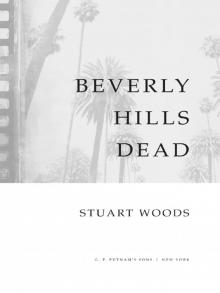 Beverly Hills Dead
Beverly Hills Dead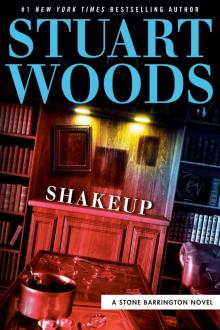 Shakeup
Shakeup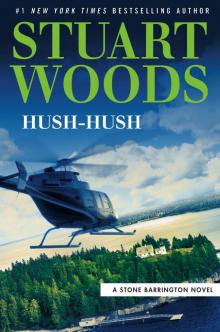 Hush-Hush
Hush-Hush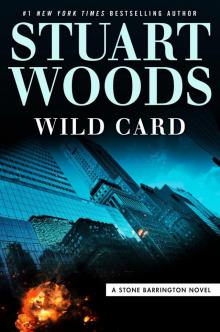 Wild Card
Wild Card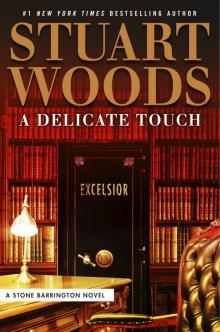 A Delicate Touch
A Delicate Touch Dead Eyes
Dead Eyes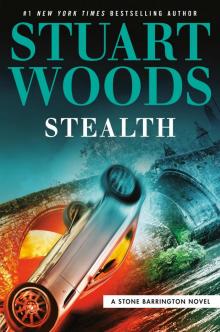 Stealth
Stealth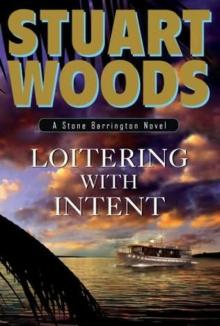 Loitering With Intent
Loitering With Intent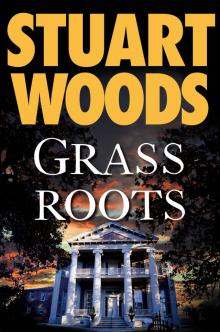 Grass Roots
Grass Roots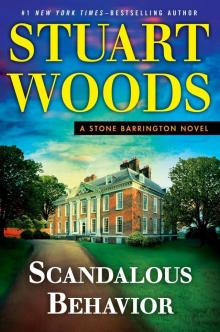 Scandalous Behavior
Scandalous Behavior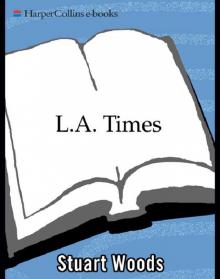 L.A. Times
L.A. Times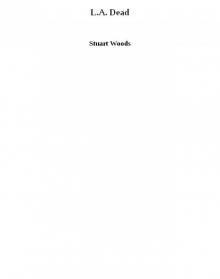 L.A. Dead
L.A. Dead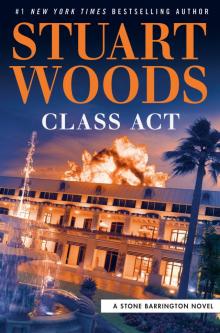 Class Act
Class Act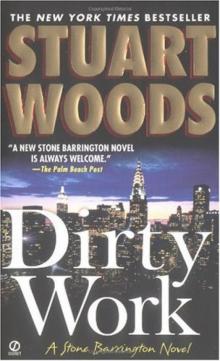 Dirty Work sb-9
Dirty Work sb-9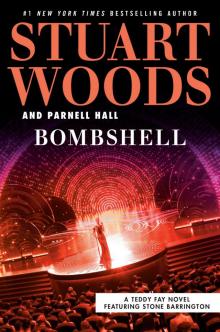 Bombshell
Bombshell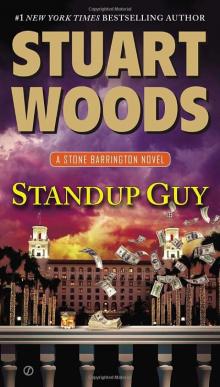 Standup Guy
Standup Guy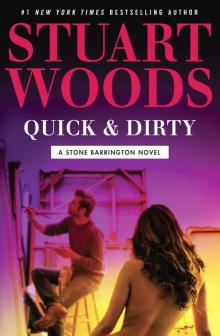 Quick & Dirty
Quick & Dirty Stuart Woods Holly Barker Collection
Stuart Woods Holly Barker Collection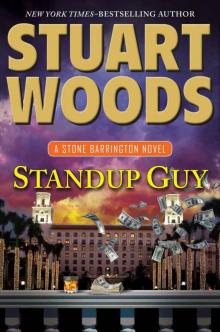 Standup Guy (Stone Barrington)
Standup Guy (Stone Barrington)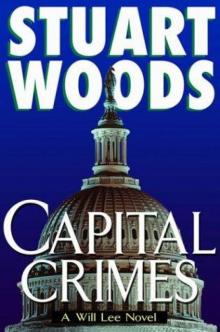 Capital Crimes
Capital Crimes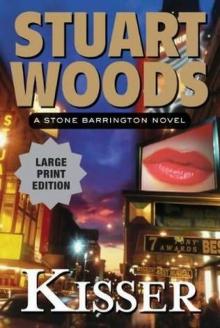 Kisser
Kisser Hot Pursuit
Hot Pursuit Choke
Choke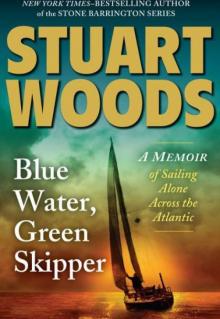 Blue Water, Green Skipper: A Memoir of Sailing Alone Across the Atlantic
Blue Water, Green Skipper: A Memoir of Sailing Alone Across the Atlantic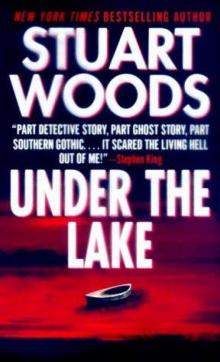 Under the Lake
Under the Lake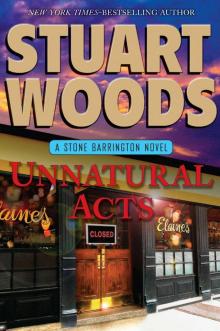 Unnatural acts sb-23
Unnatural acts sb-23 Doing Hard Time
Doing Hard Time White Cargo
White Cargo The Prince of Beverly Hills
The Prince of Beverly Hills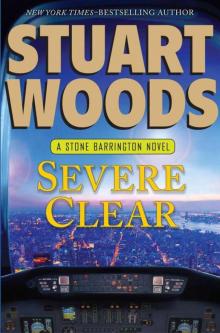 Severe Clear
Severe Clear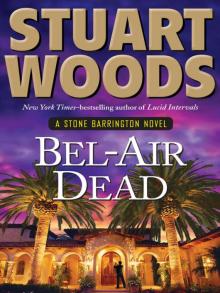 Bel_Air Dead
Bel_Air Dead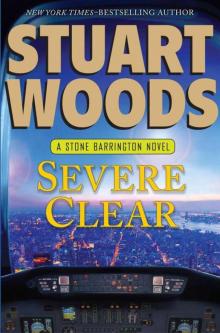 Severe Clear sb-24
Severe Clear sb-24 Unnatural Acts
Unnatural Acts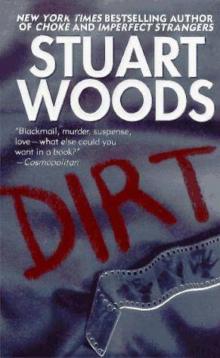 Dirt
Dirt Foreign Affairs
Foreign Affairs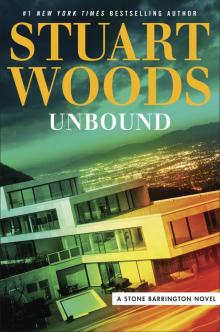 Unbound
Unbound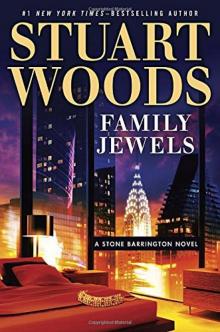 Family Jewels
Family Jewels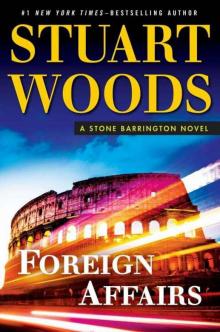 Foreign Affairs (A Stone Barrington Novel)
Foreign Affairs (A Stone Barrington Novel)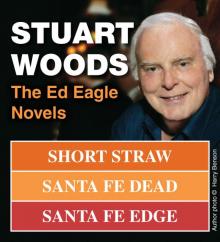 The Ed Eagle Novels
The Ed Eagle Novels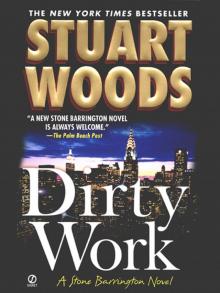 Dirty Work
Dirty Work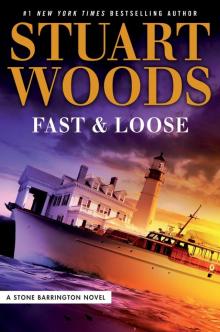 Fast and Loose
Fast and Loose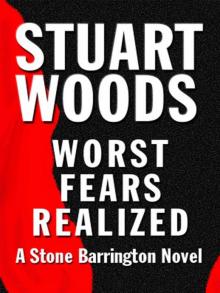 Worst Fears Realized
Worst Fears Realized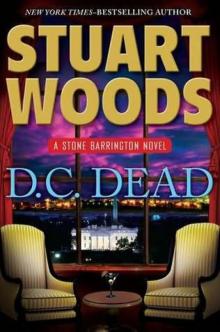 D.C. Dead
D.C. Dead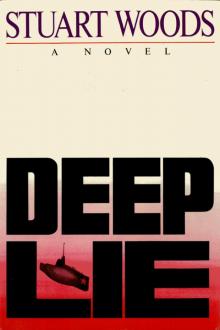 Deep Lie
Deep Lie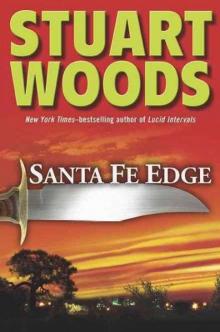 Santa Fe Edge
Santa Fe Edge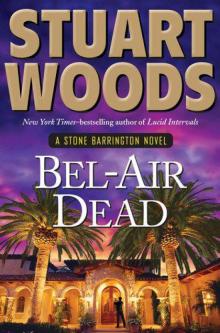 Bel-Air dead sb-20
Bel-Air dead sb-20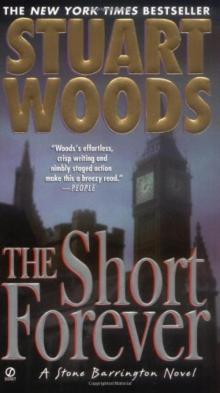 The Short Forever
The Short Forever Run Before the Wind
Run Before the Wind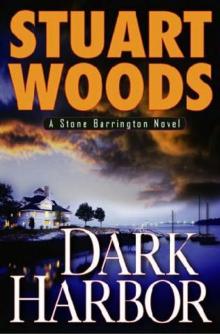 Dark Harbor
Dark Harbor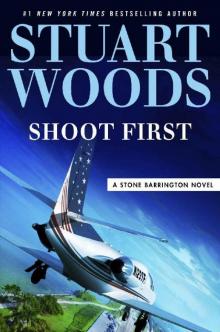 Shoot First (A Stone Barrington Novel)
Shoot First (A Stone Barrington Novel)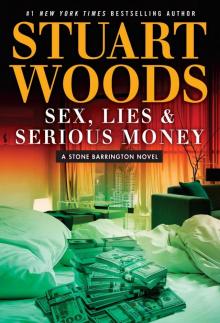 Sex, Lies & Serious Money
Sex, Lies & Serious Money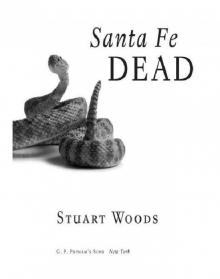 Santa Fe Dead 03
Santa Fe Dead 03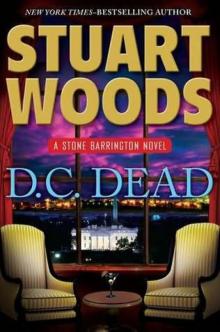 D.C. Dead sb-22
D.C. Dead sb-22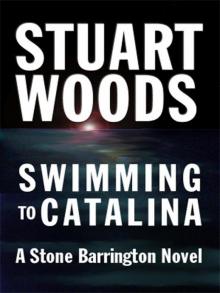 Swimming to Catalina
Swimming to Catalina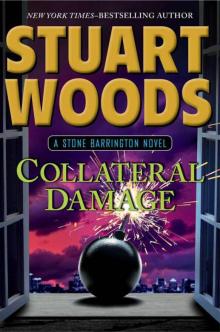 Collateral Damage
Collateral Damage Hot Mahogany
Hot Mahogany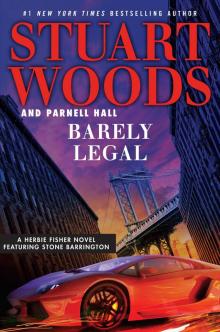 Barely Legal
Barely Legal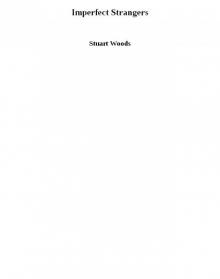 Imperfect Strangers
Imperfect Strangers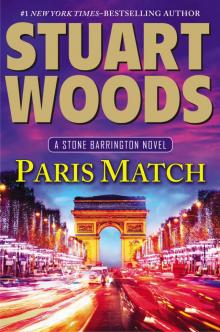 Paris Match
Paris Match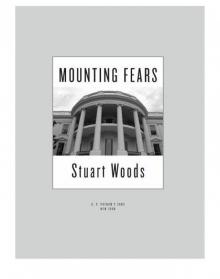 Mounting Fears
Mounting Fears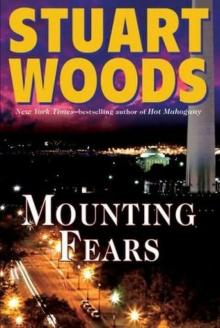 Mounting Fears wl-7
Mounting Fears wl-7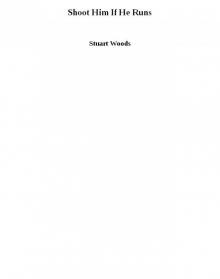 Shoot Him If He Runs
Shoot Him If He Runs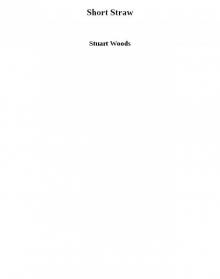 Short Straw
Short Straw Santa Fe Dead
Santa Fe Dead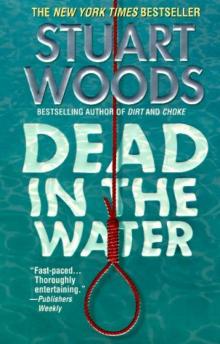 Dead in the Water
Dead in the Water Hothouse Orchid
Hothouse Orchid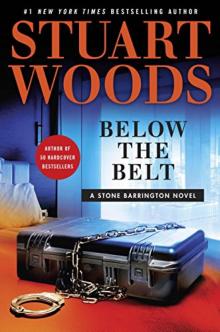 Below the Belt
Below the Belt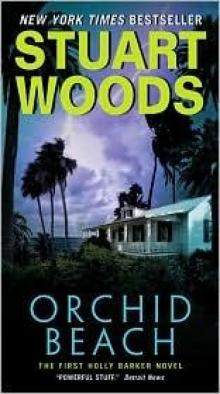 Orchid Beach hb-1
Orchid Beach hb-1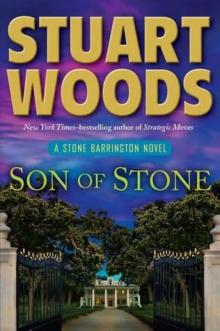 Son of Stone sb-21
Son of Stone sb-21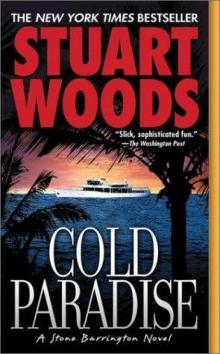 Cold Paradise 07
Cold Paradise 07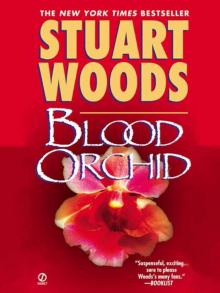 Blood Orchid
Blood Orchid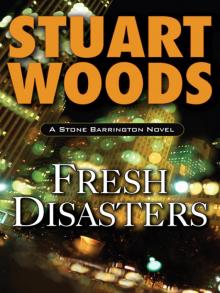 Fresh Disasters
Fresh Disasters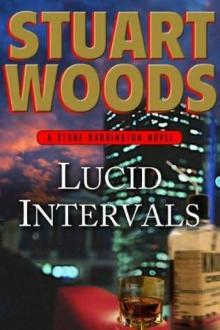 Lucid Intervals
Lucid Intervals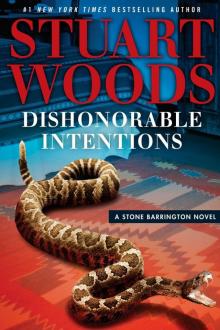 Dishonorable Intentions
Dishonorable Intentions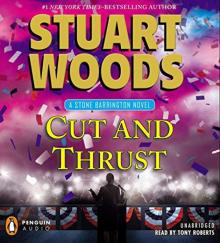 Cut and Thrust
Cut and Thrust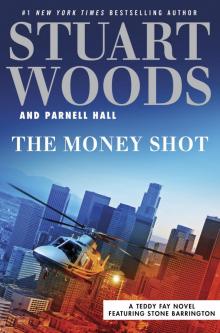 The Money Shot
The Money Shot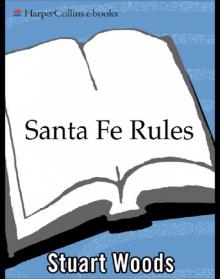 Santa Fe Rules
Santa Fe Rules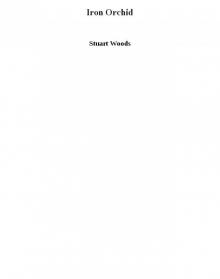 Iron Orchid
Iron Orchid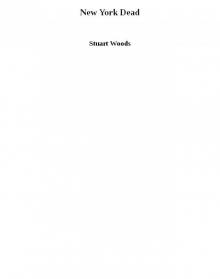 New York Dead
New York Dead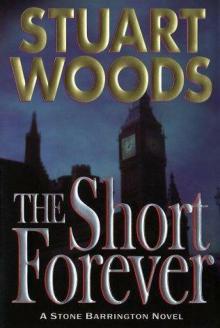 The Short Forever sb-8
The Short Forever sb-8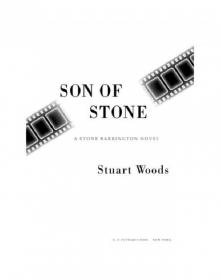 Son of Stone
Son of Stone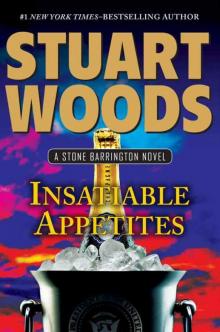 Insatiable Appetites
Insatiable Appetites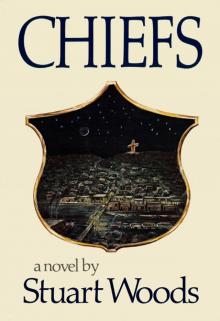 Chiefs
Chiefs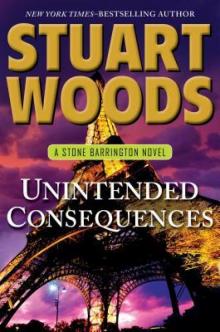 Unintended Consequences
Unintended Consequences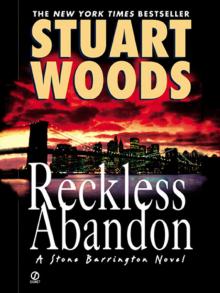 Reckless Abandon
Reckless Abandon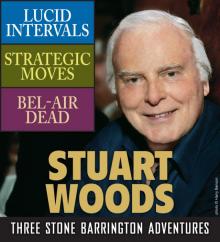 Three Stone Barrington Adventures
Three Stone Barrington Adventures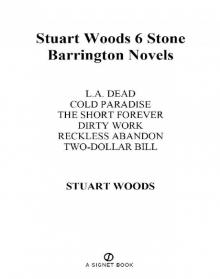 Stuart Woods 6 Stone Barrington Novels
Stuart Woods 6 Stone Barrington Novels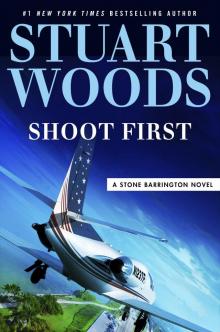 Shoot First
Shoot First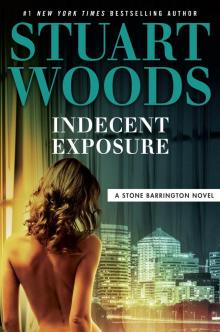 Indecent Exposure
Indecent Exposure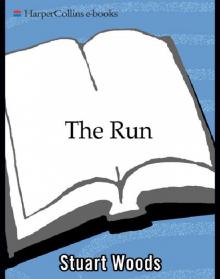 The Run
The Run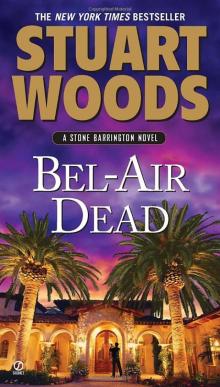 Bel-Air Dead
Bel-Air Dead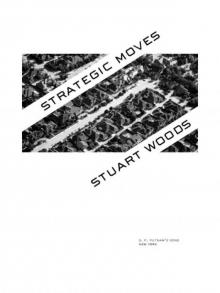 Strategic Moves
Strategic Moves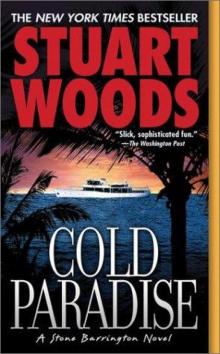 Cold Paradise
Cold Paradise